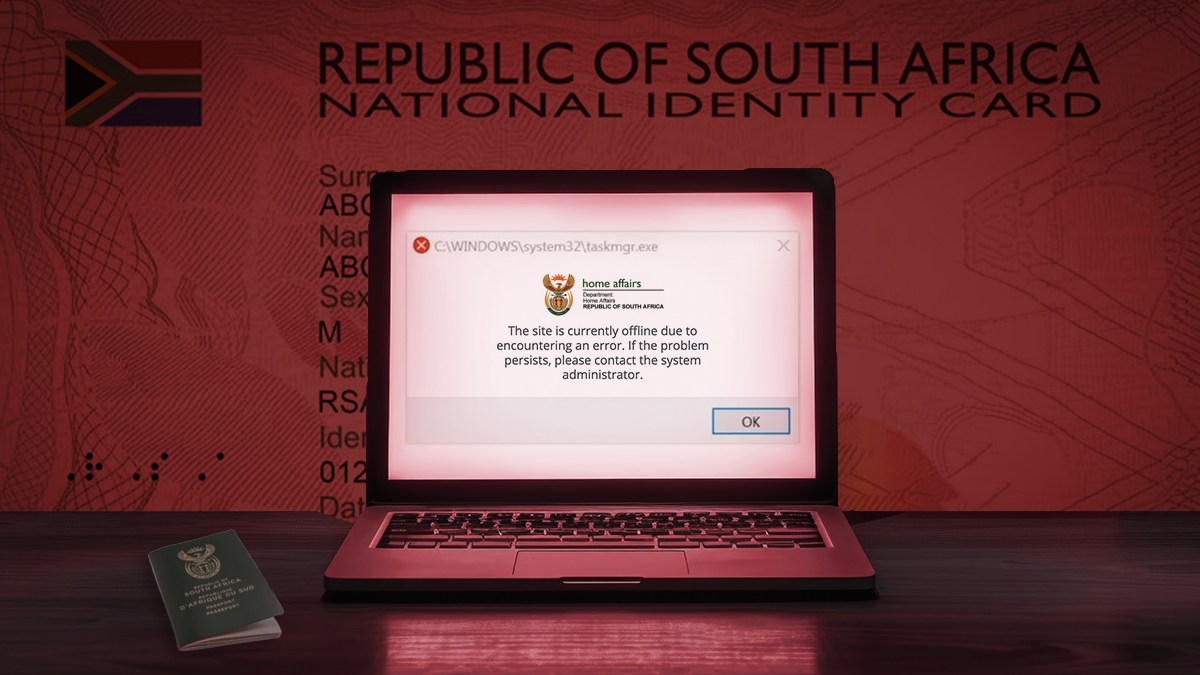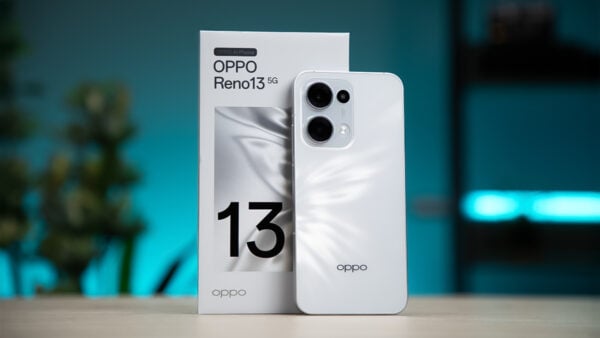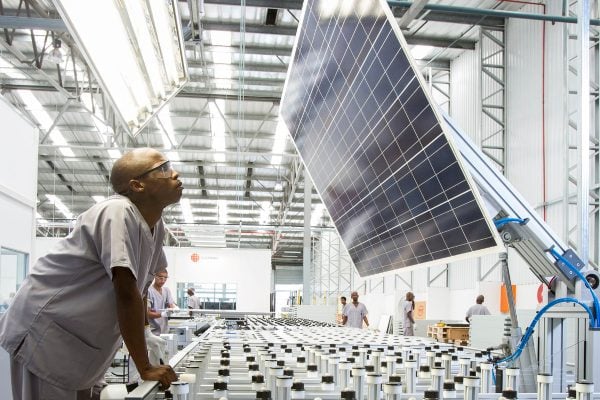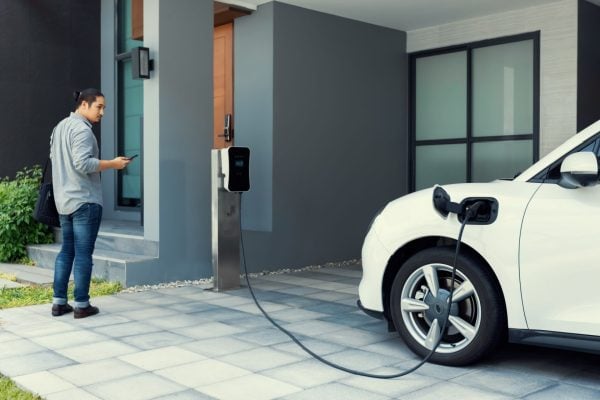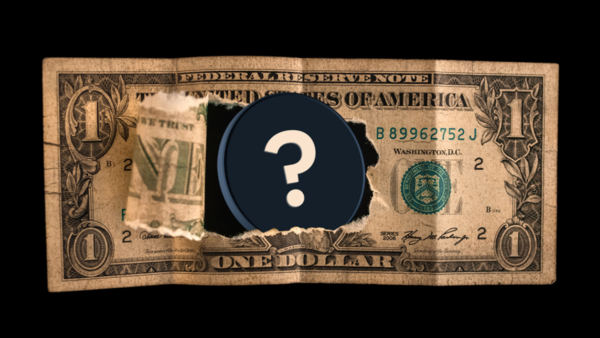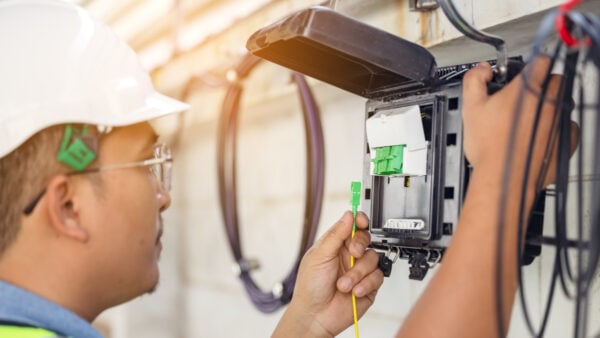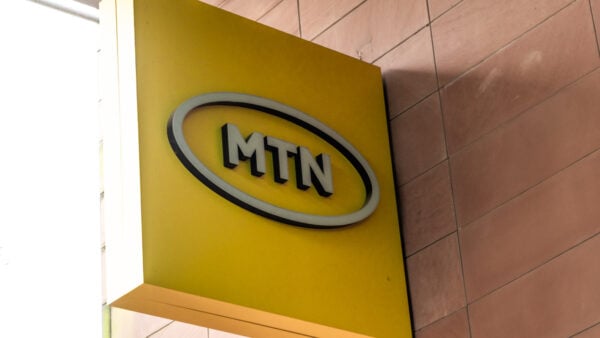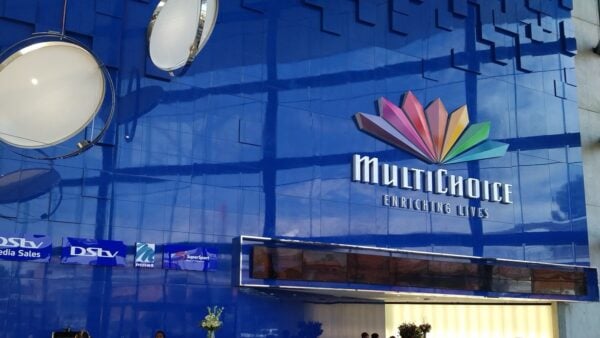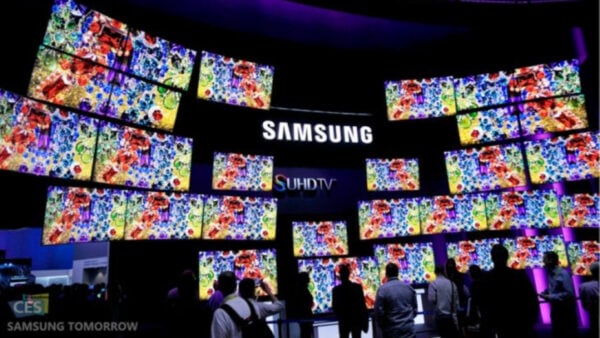New US import taxes compared to South African tech taxes
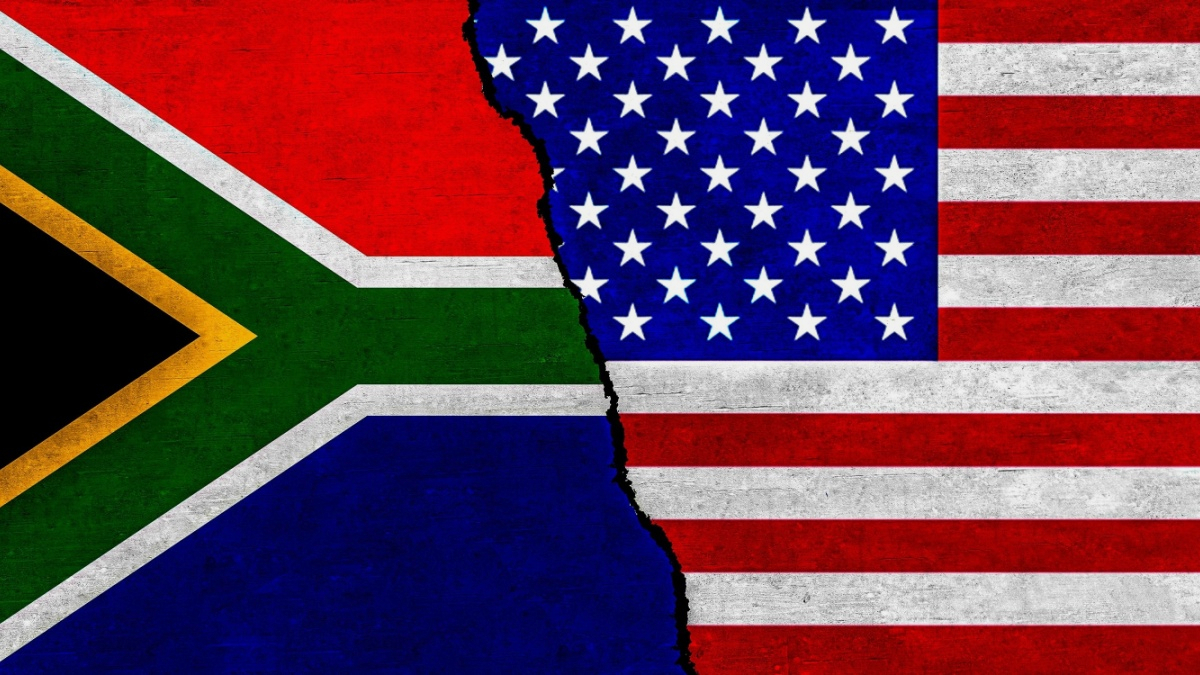
The United States of America’s new 30% import tariff on goods from South Africa is much higher than the taxes our country imposes on most tech products from the US.
US President Donald Trump announced a raft of tariffs on more than 60 countries in his “Liberation Day” address on 2 April 2025.
Trump has argued that other countries have not treated the US fairly when it comes to import tariffs, imposing higher charges to discourage the importing of goods from the Americans.
The intention of the import tariffs is to stimulate the purchase of US-made goods over foreign-sourced products, thereby also growing jobs in the country.
Although the Trump administration labelled the tariffs “reciprocal,” analysts identified a major flaw in the import tariff data for other countries that the White House presented during the announcement.
They found that these figures were not calculated using an actual average of tariffs imposed on US goods in those countries.
According to XA Global Trade Advistos CEO Donald MacKay, the average import tariff South Africa applied to US imports was closer to 7.5% and was the same for most other countries.
The US government came up with the tariff by dividing its trade deficit with each country by the value of each country’s imports to the US.
In 2024, South Africa exported $14.5 billion of goods to the US, with the value of imports at $5.7 billion. Therefore, the US trade deficit with South Africa was $8.8 billion.
Dividing the $8.8 billion by the South African imports to the US works out to the 60% tariff the US claimed South Africa levied on its goods, including currency manipulation and trade barriers.
In most cases, the “discounted” reciprocal tariffs are half the calculated tariff, so South Africa’s tariff has been set at 30%.
Experts have expressed disbelief at the way in which the tariffs were determined, with some arguing it was not linked to any economic theory or financial fairness but purely political pressure.
MyBroadband compared the 30% tariff on all South African imports with how much our taxman charges on imports of tech products from the US.
Most categories of tech products imported to South Africa are completely duty-free, meaning they have a 0% tariff. The only exceptions are monitors and TVs, which have a 25% duty.
That high rate serves the same purpose as what the US government says its import tariffs are intended to do — stimulate local production and protect jobs.
South Africa has several TV and monitor manufacturers and assembly plants that support local jobs, including Hisense and Mustek.
Other taxes that apply to imports from the US include value-added tax (VAT) and ad valorem duty, but these are applicable across the board.
The only exceptions are certain South African neighbours for which ad valorem does not apply.
The US does not apply VAT or ad valorem at the point of import, but individual states or local municipalities add these through a sales tax at the till or point of purchase.
The table below compares South Africa’s import tariffs for tech from the US with the US’s new import tariff for all South African goods.
| Type of tech | South African tariff on US tech imports | New US tariff on all South African imports |
|---|---|---|
| Computer parts and peripherals Desktops Digital and video cameras Headphones Laptops Gaming consoles Smartphones Speakers and microphones | 0% | 30% |
| Monitors and TVs | 25% | 30% |
It is important to emphasise that the new tariffs will not directly impact South African consumer prices on US-imported goods unless our government decides to respond with its own tariff increases. The main victims will be US consumers.
To illustrate what would happen if our country followed a similar approach as the US, it is useful to look at the relationship between South Africa and its biggest trade partner — China.
South Africa had a $9.7 billion trade deficit with China, as it imported $21.9 billion in goods while exporting $12.2 billion to the country.
However, a large chunk of the products South Africans use from China — including battery cells — are not made locally.
At the same time, China has greater internal agricultural and production capacity, so it does not need to import as many goods from South Africa.
If South Africa applied the same principle that the US has in its calculation of the “discounted reciprocal” tariffs, the “discounted reciprocal tariff” it would need to impose on Chinese goods would be about 22%.
That would radically increase the prices of numerous goods in South Africa with little benefit to local manufacturing, as there is currently no capacity or means to produce many of the products made in China.
For South Africa, the worst impact of the 30% US tariff will be on the two main industries that export goods to the US: agriculture and mining.
The US government already imposed a 25% blanket tariff on all vehicle imports, which will hurt BMW and Mercedes-Benz plants in South Africa.
The higher tariffs will make products like citrus, cars, and diamonds from South Africa more expensive to US consumers, making them less competitive with local offerings, where available.
With reduced demand for South African-produced goods, the facilities making, growing, or extracting them will need to downscale output. To manage costs, they will be forced to cut jobs.
These industries previously benefitted from an average import tariff of 3.5% in the US.

